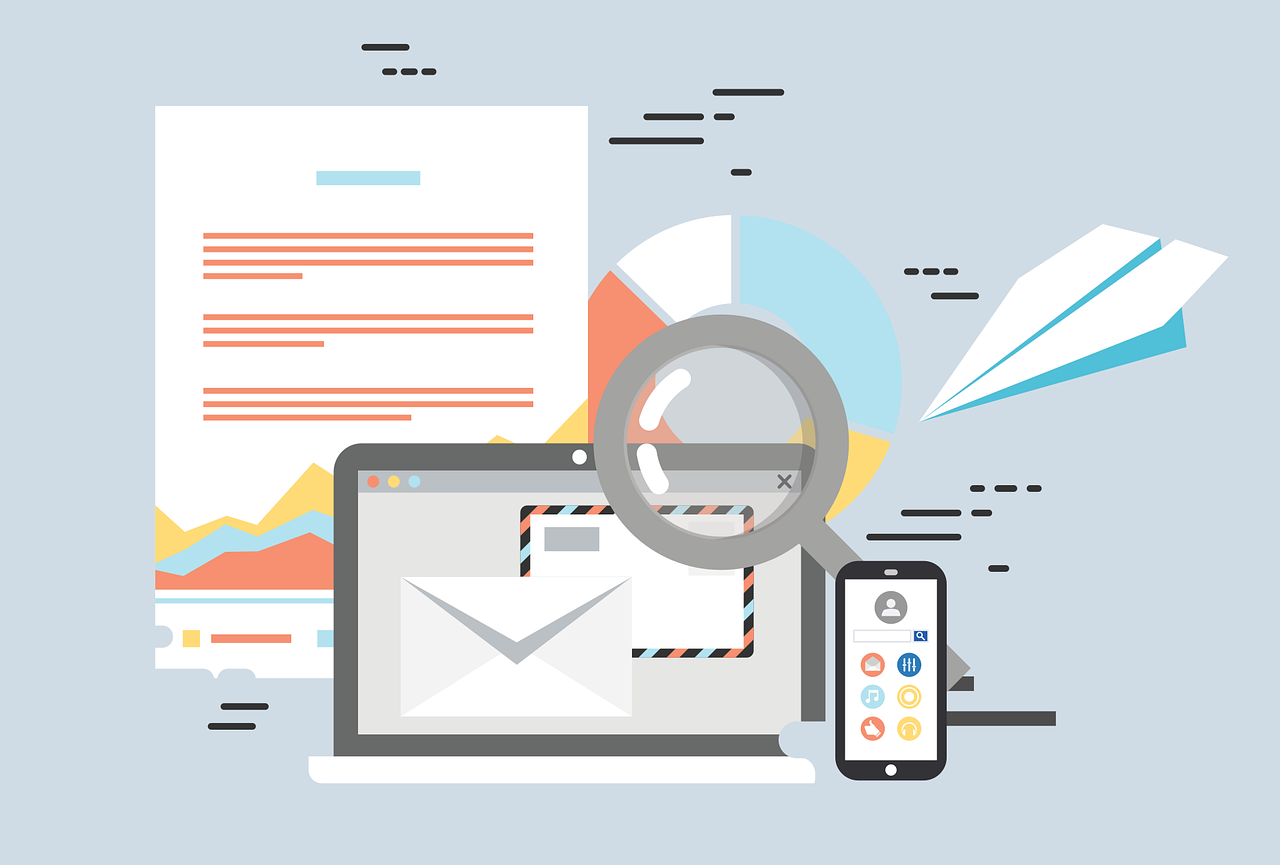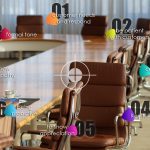Email newsletters are a great way for businesses to connect with their audience, share news, promotions, and other important information. If you’re new to email marketing, writing your first newsletter can be a daunting task. However, with the right tools and some helpful tips, you can create a newsletter that will engage and inform your audience.
Define Your Goals:
Before you start writing, take some time to think about your goals for the newsletter. Do you want to inform your customers about new products or services? Do you want to share industry news or provide helpful tips? Knowing your goals will help you focus your content and create a newsletter that meets the needs of your audience.
Know Your Audience:
Understanding your audience is key to creating a successful newsletter. Who are your subscribers? What are their interests and needs? Tailor your content to meet their needs and make sure your newsletter is relevant to their interests.
Choose a Template:
Most email marketing services offer a variety of templates to choose from. Select a template that fits your brand and goals, and make sure it’s easy to read and navigate.
Write a Compelling Subject Line:
Your subject line is the first thing your subscribers will see, so make sure it’s catchy and compelling. It should be short, sweet, and to the point, and entice the reader to open your email.
Make it Scannable:
People are busy, and they don’t have time to read long, dense blocks of text. Make your newsletter easy to scan by using headings, subheadings, bullet points, and images.
Keep it Short and Sweet:
Keep your newsletter concise and to the point. Limit your content to the most important information, and make sure it’s easy to read and understand.
Use a Clear Call-to-Action:
Your newsletter should have a clear call-to-action (CTA), whether it’s to visit your website, make a purchase, or sign up for a service. Make sure your CTA is prominent and easy to find.
Add Personalization:
Personalization is key to building a strong relationship with your subscribers. Use their names and other personal information to make your newsletter feel more personal and engaging.
Test and Optimize:
Once your newsletter is ready, test it thoroughly to make sure it looks and functions as expected. Use A/B testing to try different subject lines, content, and CTAs, and track your results to see what works best.
Measure Your Success:
Use your email marketing service’s analytics to track your open and click-through rates and see how your newsletter is performing. Use this information to make changes and improve your future newsletters.
In conclusion, writing a successful email newsletter takes time and effort, but with the right tools and some helpful tips, you can create a newsletter that engages and informs your audience.
Whether you’re new to email marketing or a seasoned pro, always keep your audience and goals in mind, and strive to make your newsletter the best it can be.




